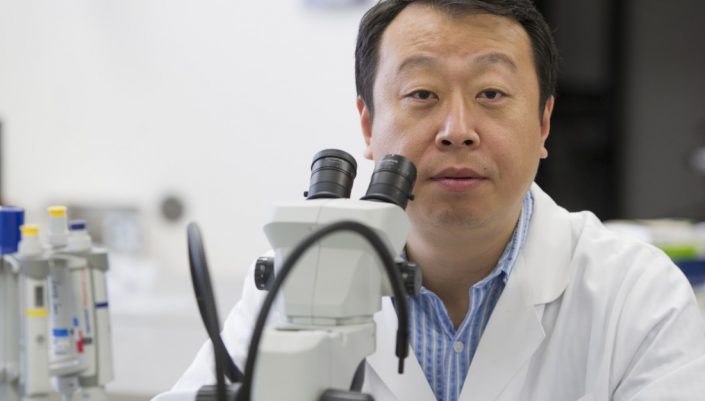Omitting gene can cause extra teeth to form, dental researchers discover

Image: College of Dentistry
When Texas A&M College of Dentistry researchers started studies in 2014 on FAM20B, a gene necessary for cartilage development, they had a hunch it could impact tooth development. What they found took them by surprise. In the three years that followed, mouse models that had this gene selectively removed revealed higher states of mineralization in enamel and a little something extra: the growth of additional teeth.
“The supernumerary teeth phenotype was completely a surprise to everybody,” says Xiaofang Wang, assistant professor in biomedical sciences and principal investigator on a recently funded $1.8 million National Institutes of Health – National Institute of Dental and Craniofacial Research R01 grant that began in April.
The findings in and of themselves are a juxtaposition.
“Clinically, the presence of supernumerary teeth is a bad thing, as they may cause many complications,” Wang says. “Scientifically, it is a good thing, because it reminds us that if we figure out the mechanism, we may use it to regenerate teeth, and of course, prevent supernumerary teeth.”
For the next five years, funding will allow Wang’s lab to study the signaling mechanism that underlies the formation of supernumerary teeth. It’s something that remains poorly understood. But Wang’s team and collaborators hope to change that.
Wang is confident that findings will help advance our understanding of what is happening at the molecular level with regard to supernumerary tooth formation, but he also suggests a broader application. These extracellular components known as proteoglycans that help control signaling in tooth development are present in nearly all tissues, which could shed light on problematic conditions in multiple body systems.

